Exhibitions
National Treasure, the Red and White Plum Blossoms
2021.01.22(Fri) - 2021.03.09(Tue)
Best of Museum Collection
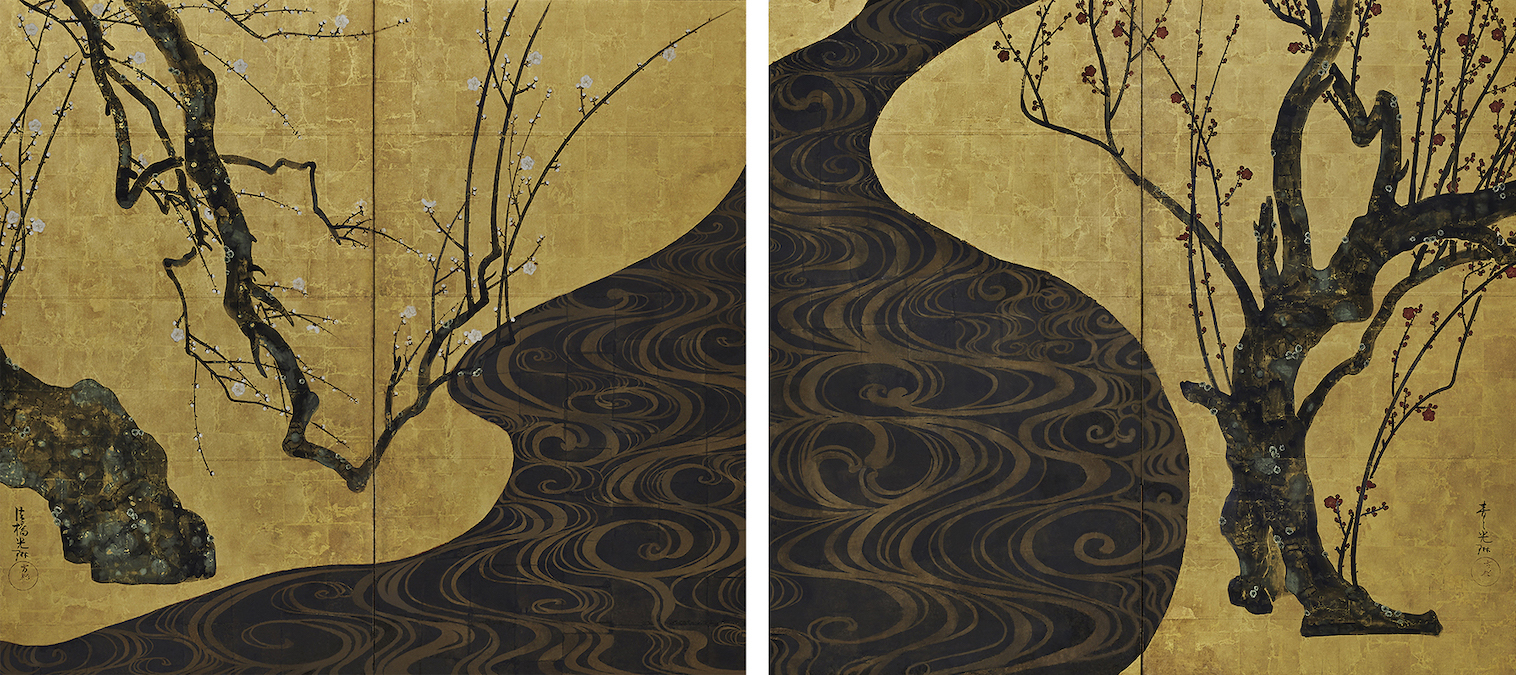
Overview
The exhibition presents select masterpieces from the Museum’s art collection, which mainly consists of articles of Oriental art from Japan, China and other countries in Asia. The founder Okada Mokichi (1882-1955) developed the main part of the collection, which today includes artworks of historical significance as well as of aesthetic excellence of painting, calligraphy, sculpture, and handicraft.
Ogata Kōrin’s Red and White Plum Blossoms, for example, is acclaimed to be the most accomplished masterpiece by the artist, and it is today registered as a National Treasure. This pair of uni-fold screens depicts two plum trees—red and white—arranged asymmetrically. A gold-leafed background accentuates the patterned designs of plum blossoms and water flow, and the overall expression makes it a set of exquisite decorative screens.
The exhibition presents all three National Treasures housed in the Museum, including the Red and White Plum Blossoms, the Tea-leaf Jar with a design of Wisteria by 17th-century master potter of Kyoto ware Nonomura Ninsei, and the Tekagami Kanboku-jō, one of the three best known calligraphy albums.
Other select masterpieces are also to be enjoyed, representing art categories of the Museum collection, such as the folding screens Scenes of European Ways of Life, the 14th-century maki-e Cosmetic Box, and the Standing Statue of Shō Kannon Bosatsu (Avalokitesvara) of the eighth century.
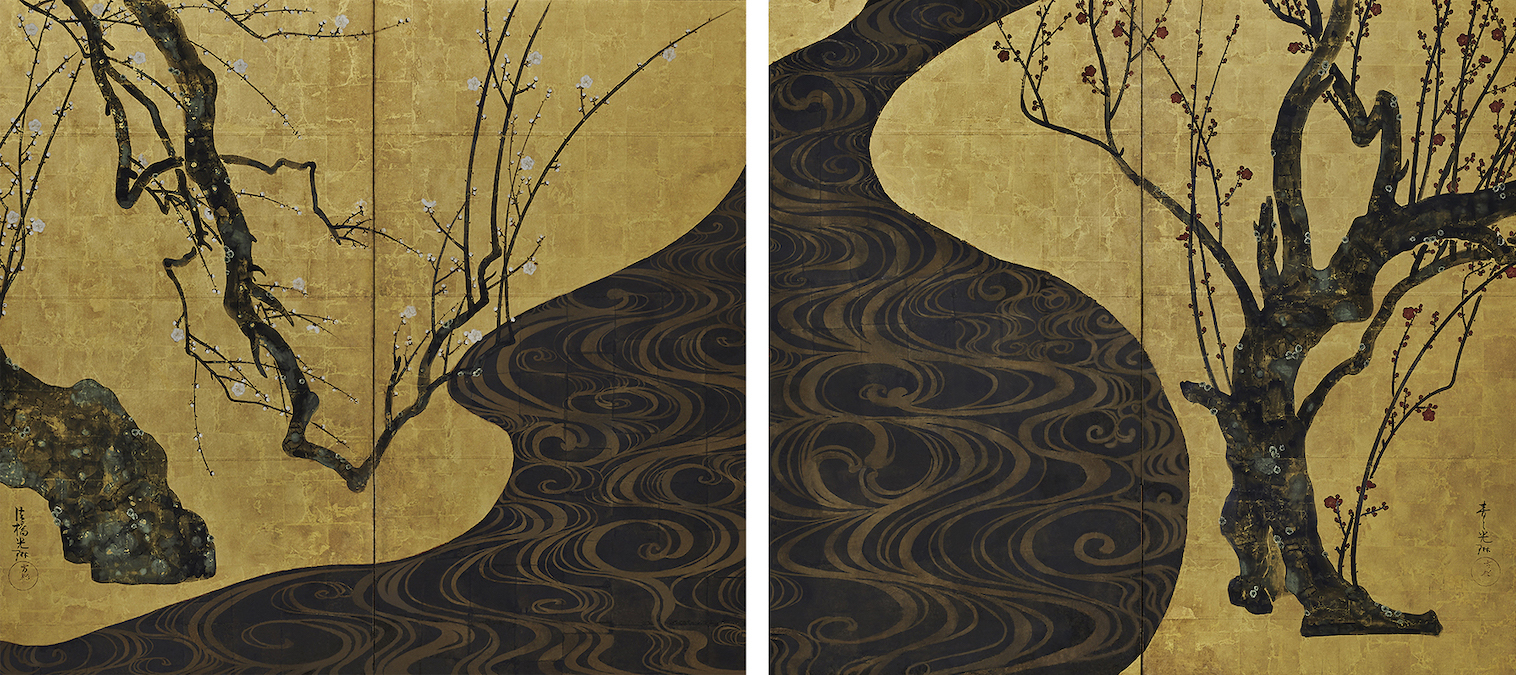
Red and White Plum Blossoms by Ogata Kōrin, Edo period, National Treasure
Kōrin’s originality in artistic expressions shines through the composition, in which the red and white plum trees are arranged in an asymmetrical contrast, and the water in the middle forms exquisite curves. He wields an array of techniques—plum flowers without outlines, unique layout of buds, the mossy tree trunks rendered using tarashikomi (by smudging wet ink), and the organic pattern that expresses the current—all these unique components together unfold a very dynamic and highly decorative design on the screen. The work is believed to one of Kōrin’s last creations.

Tea-leaf Jar with a design of Wisteria by Nonomura Ninsei, Edo period, National Treasure
The greatest Kyoto ware potter, Nonomura Ninsei produced prolifically. This tea-leaf jar of high acclaim is undoubtedly his best masterpiece. Its elegant form and sophisticated decorative design are reflections of the exuberant Kyoto culture of his time. The wisteria flowers and leaves drawn over the warm tone of white glaze exemplify the artist ingenuity in design. Its highly refined form complements the wisteria design, and the body was turned evenly and extremely thinly, the expert skill possessed only by the best of best artisans. Provenance: the Kyōgoku family of the Marugame domain.
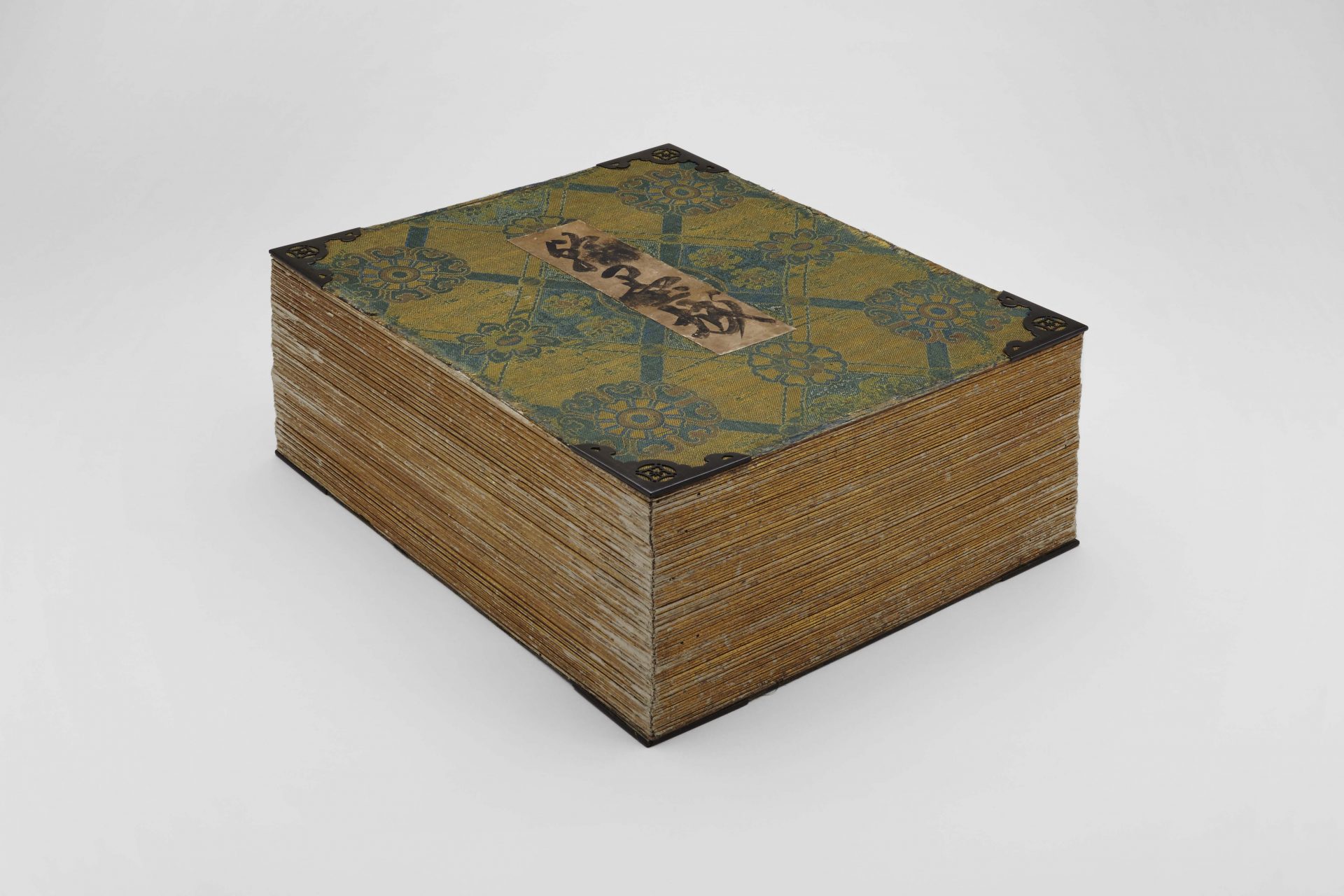
The Calligraphy Album Tekagami Kanboku-jō, Nara-Muromachi periods, National Treasure
This highly praised calligraphic work is one of the three most accomplished calligraphy albums in Japan, along with Moshiogusa and Minu Yo no Tomo, today housed in the Kyoto National Museum and the Idemitsu Museum of Arts, respectively. The title “Kanboku-jō” signifies a castle of brush and ink, the highest stronghold of calligraphic mastership. It contains 311 fragments of writings, collected over the period between the eighth and fifteenth centuries. Provenance: the Masuda family.
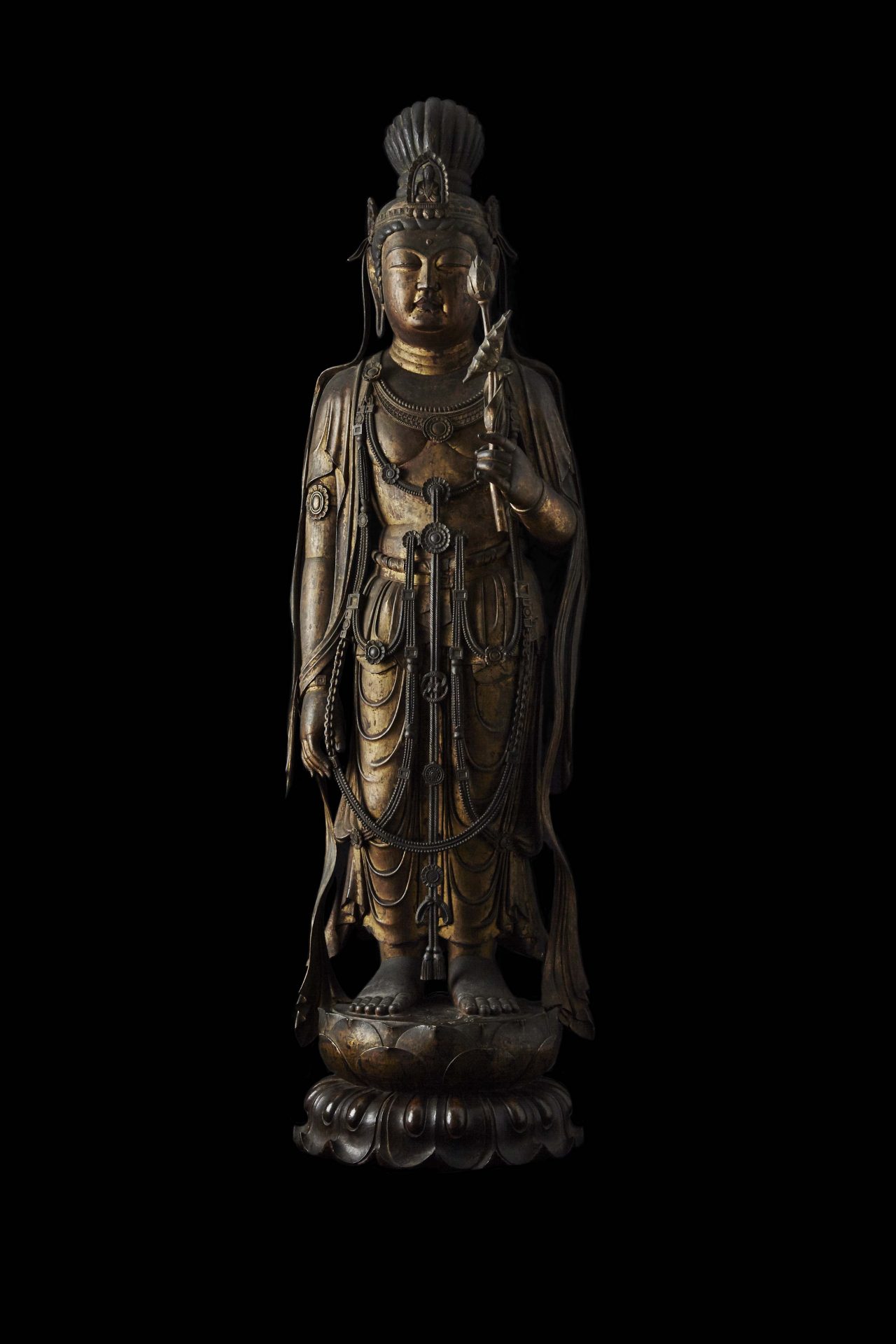
Standing Statue of Shō Kannon Bosatsu, Nara period, Important Cultural Property
Avalokitesvara (Kannon) is a deity embodying salvation, and Shō Kannon represents its quintessential manifestation. The main part of this statue, from the head to the lotus plinth, is carved out from a single block of wood. The voluminous body and intricate details reflect the characteristics of Chinese sculpture of the Tang dynasty. Provenance: the En’ryakuji temple in Kyoto.
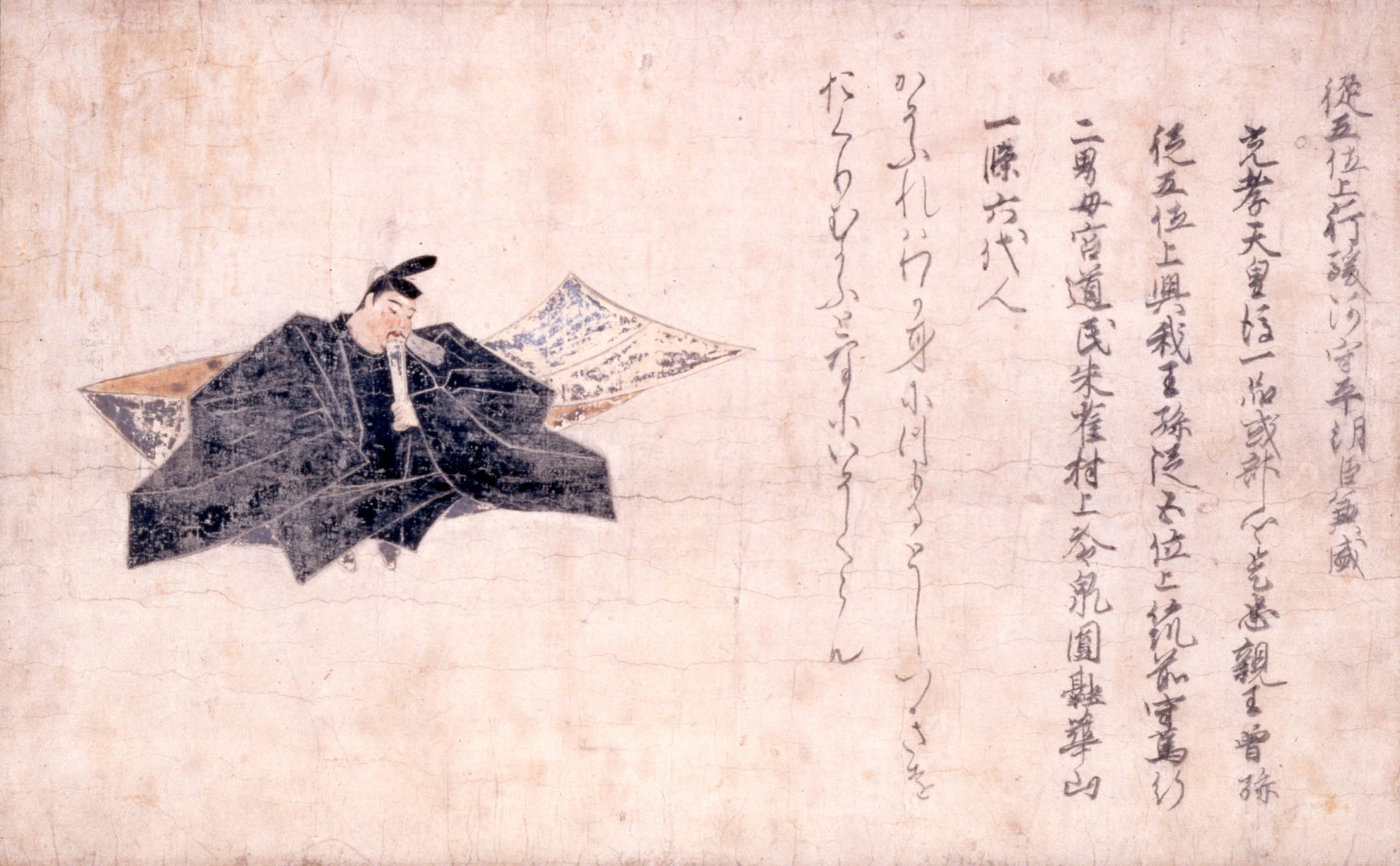
Portrait of the poet Taira no Kanemori, Kamakura period, Important Cultural Property
The portrait was a part of the oldest extant album of poets, which comprises two volumes. Excellent rendition of the persona was achieved through dexterous brushwork, and the countenance bears a rich expression.
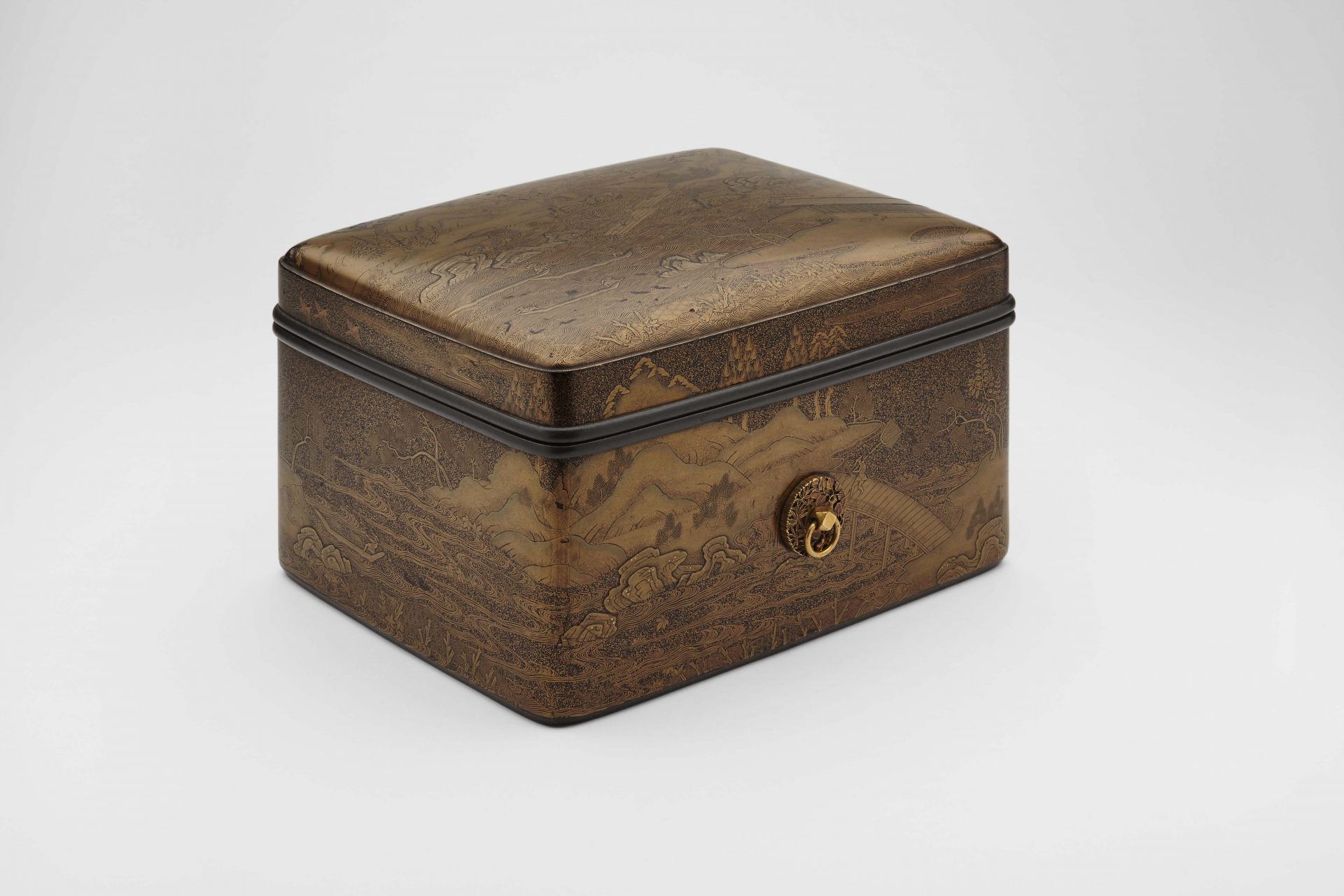
Cosmetic Box in Maki-e, Kamakura period, Important Cultural Property
The box is embellished with elaborate depiction of a landscape. On the lid, a raft drifts in a jet stream in the mountains. In the foreground, there are a variety of boats on the water and gabion. On the sides, a panoramic scenery includes people carrying fishing net on their shoulders crossing a bridge, some merchant boats, and a water mill. Maple leaves float on the water. Provenance: the Ikeda family.
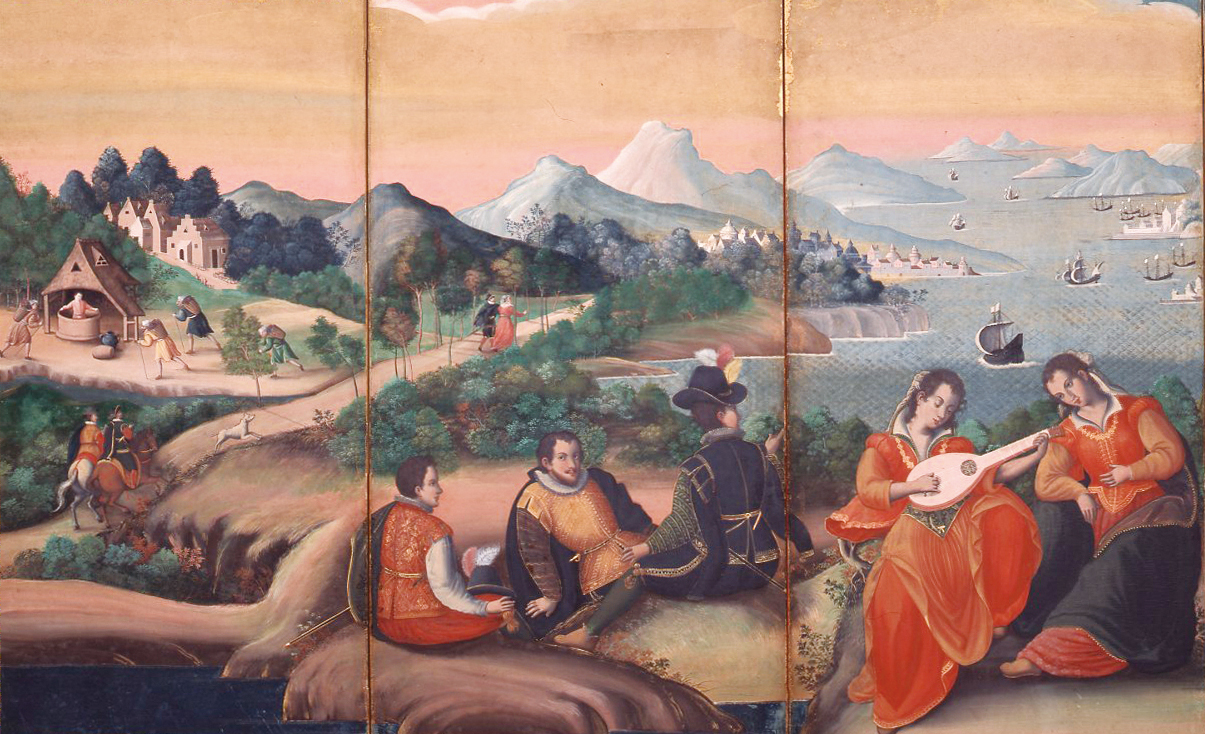
Scenes of European Ways of Life (part), Momoyama period, Important Cultural Property
An example of paintings under the influence of European paintings produced during the Momoyama period. The arrival of Christian missionaries on the Japanese shores also brought cultural inspirations to contemporary painters. This painting is likely to be by a Japanese who learned Western techniques. It bears some characteristics that must have been novel to the Japanese, such as shadows giving a sense of depth.
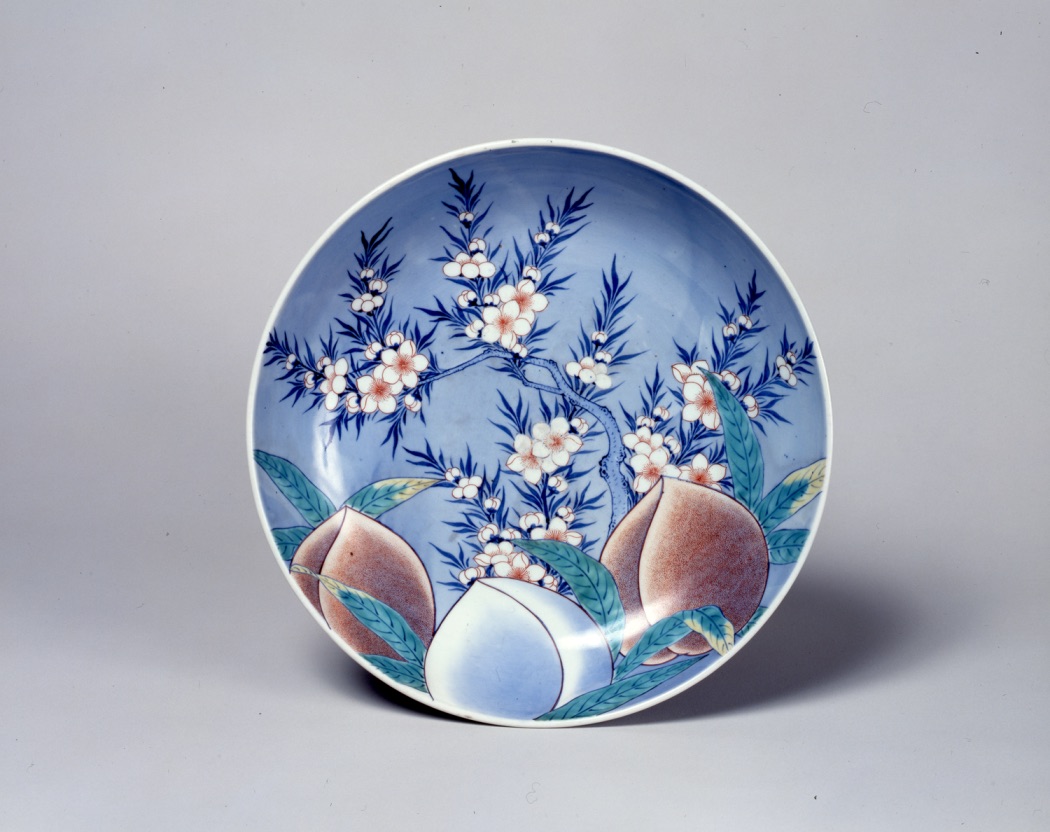
Nabeshima ware Dish, Edo period, Important Cultural Property
Nabeshima ware is known for intricate designs. It was established by the feudal Nabeshima family. This dish is a rare extant example of the ware for its size and highly accomplished overglazed design. The body is formed relatively deep, and the base high. The base color is semi-translucent glaze. The background and branches are drawn with cobalt oxide while the fruit and leaves are rendered with red, yellow, and green pigments. The use of tippling for the peaches exemplifies the kiln’s high levels of artistry.
